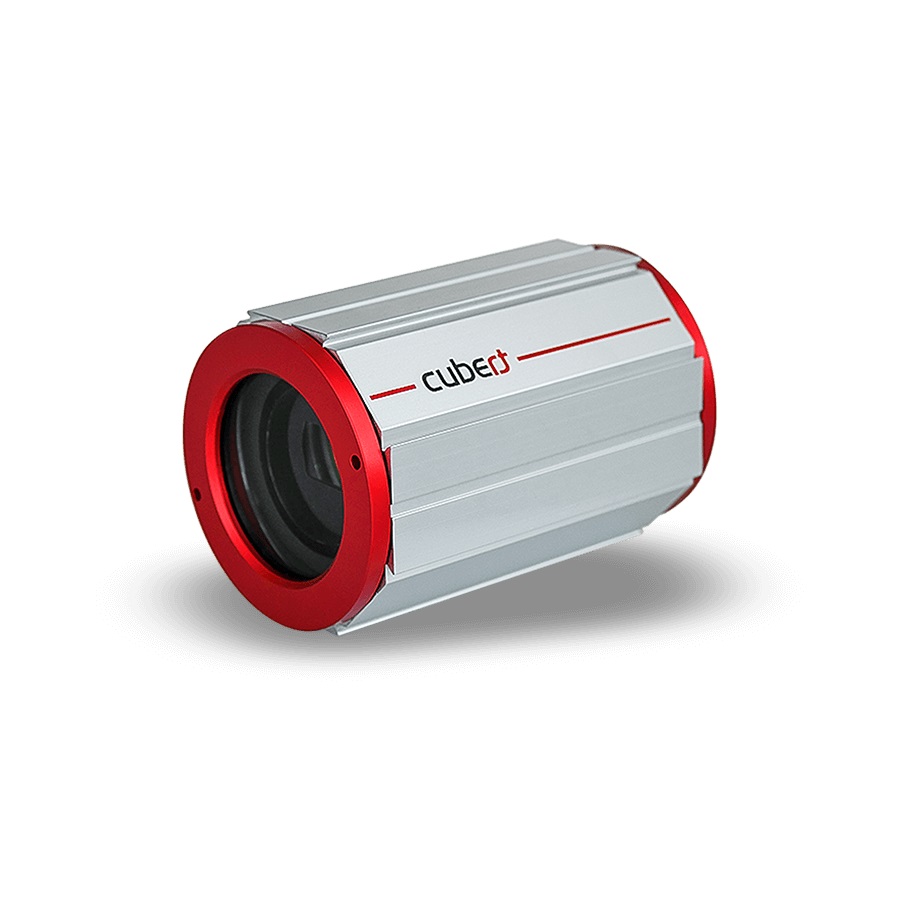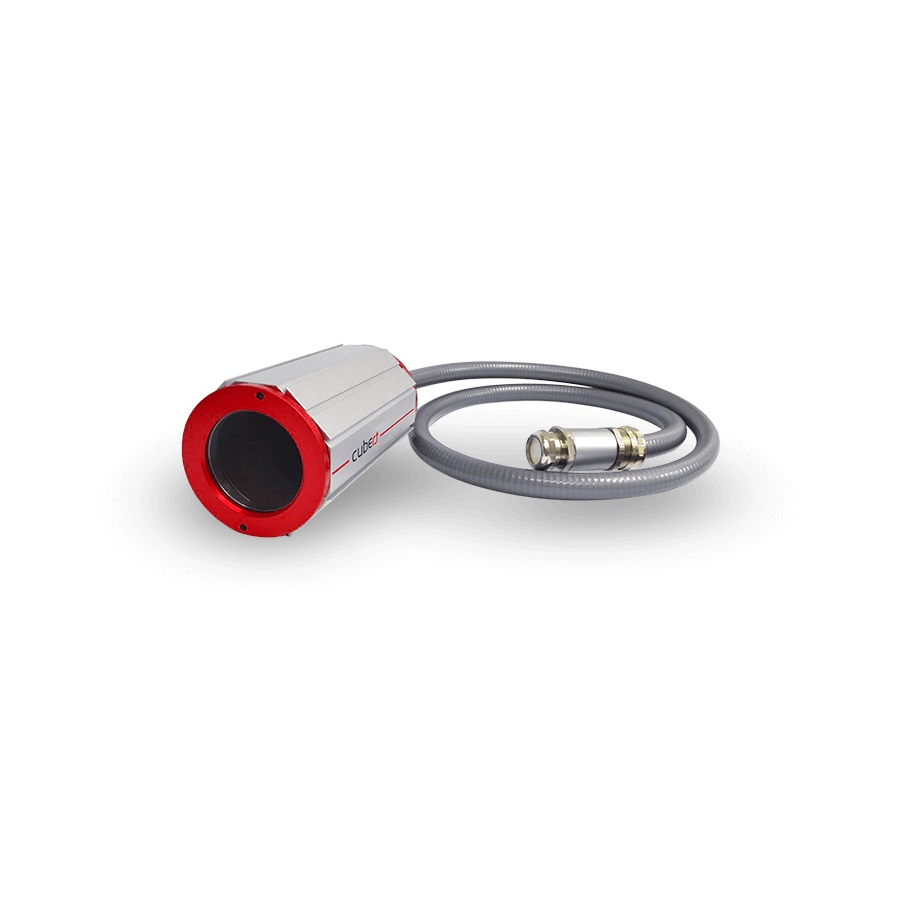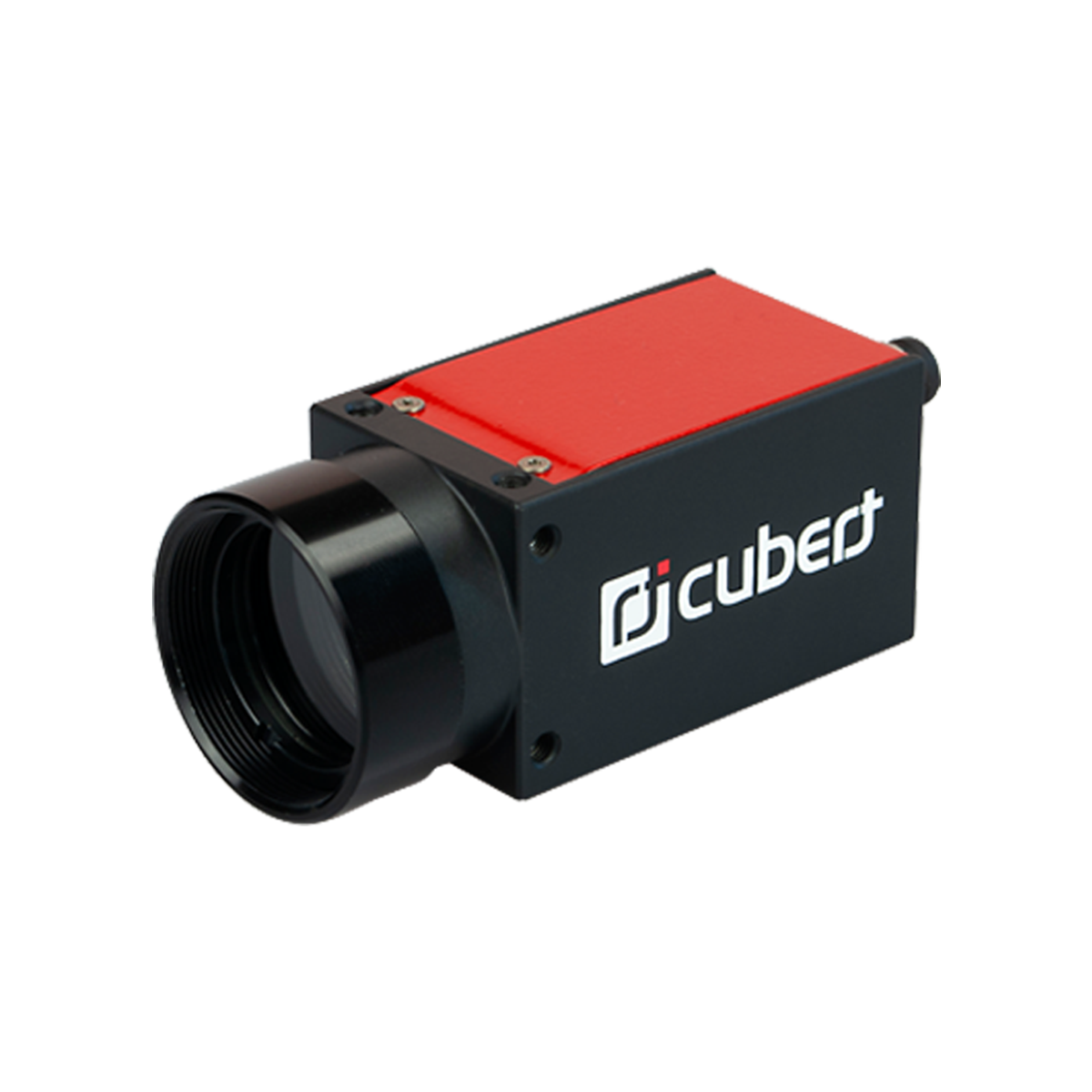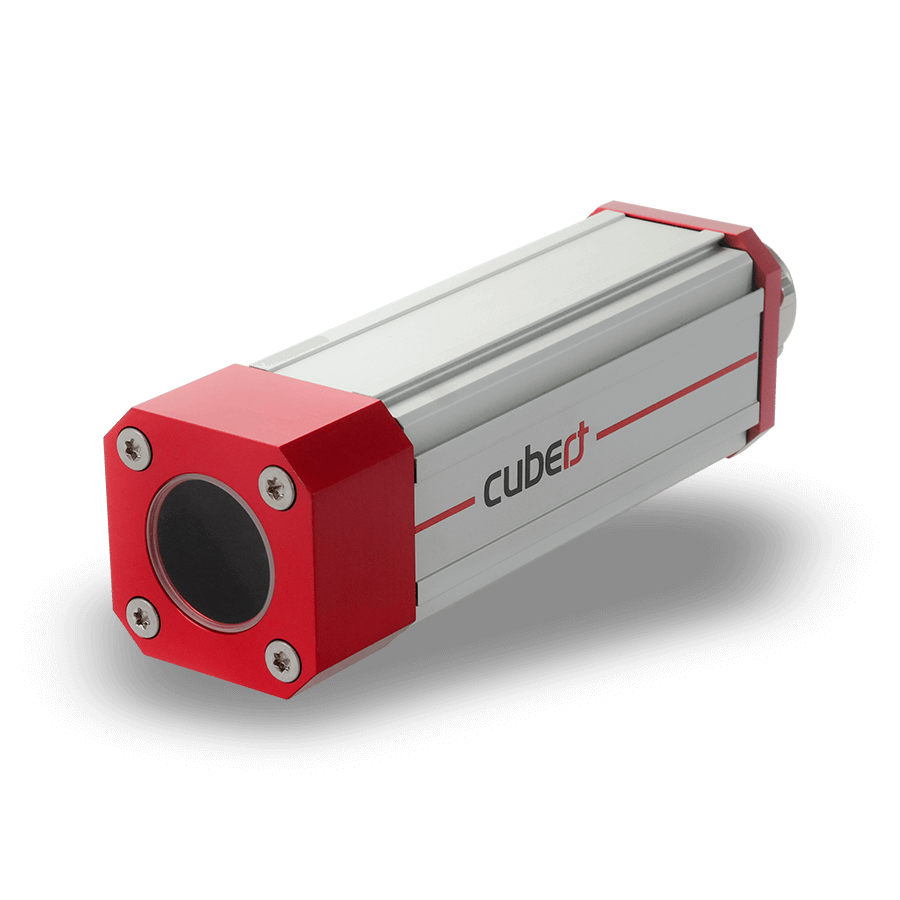Snap Shot Hyperspectral Camera (350nm-1um)
| Compare |
Model |
|
Drawings & Specs |
Availability |
Reference Price
(USD) |
|
|
|
 |
UX20-IP40 Housing
Hyperspectral Camera SnapShot (350nm-1um), wavelength 350-1000 nm, Spatial resolution 410 X 410px, Spectral sampling 4nm, Spectral resolution constant 10 nm
|
|
4-6 Weeks |
Request for quote |
|
|
|
 |
UX20-IP65 Housing
Hyperspectral Camera SnapShot (350nm-1um), wavelength 350-1000 nm, Spatial resolution 410 X 410px, Spectral sampling 4nm, Spectral resolution constant 10 nm
|
|
4-6 Weeks |
Request for quote |
|
|
|
 |
UX20-IP68 Housing
Hyperspectral Camera SnapShot (350nm-1um), wavelength 350-1000 nm, Spatial resolution 410 X 410px, Spectral sampling 4nm, Spectral resolution constant 10 nm
|
|
4-6 Weeks |
Request for quote |
|
|
|
 |
UX20-P
Hyperspectral Camera SnapShot (350-1um) wavelength 350-1000 nm Spatial resolution 410 X 410px / 1800 X 1800px, Spectral sampling 4nm Spectral resolution constant 10 nm
|
|
4-6 Weeks |
Request for quote |
|
|
|
 |
U5-IP40 Housing
Hyperspectral Camera SnapShot (350-1um), wavelength 450 to 850 nm, Spatial resolution 250 X 250px, Spectral sampling 8nm, Spectral resolution 26nm @ 532nm
|
|
4-6 Weeks |
Request for quote |
|
|
|
 |
U5-IP66 Housing
Hyperspectral Camera SnapShot (350-1um), wavelength 450 to 850 nm, Spatial resolution 250 X 250px, Spectral sampling 8nm, Spectral resolution 26nm @ 532nm
|
|
4-6 Weeks |
Request for quote |
|
U5-IP66 Housing - Parameter
U5-IP40 Housing - Parameter
UX20-IP68 Housing - Parameter
UX20-IP65 Housing - Parameter
UX20-IP40 Housing - Parameter
U5-IP66 Housing - Download
U5-IP40 Housing - Download
UX20-IP68 Housing - Download
UX20-IP65 Housing - Download
UX20-IP40 Housing - Download
Accessories
| Compare |
Model |
|
Drawings & Specs |
Availability |
Reference Price
(USD) |
|